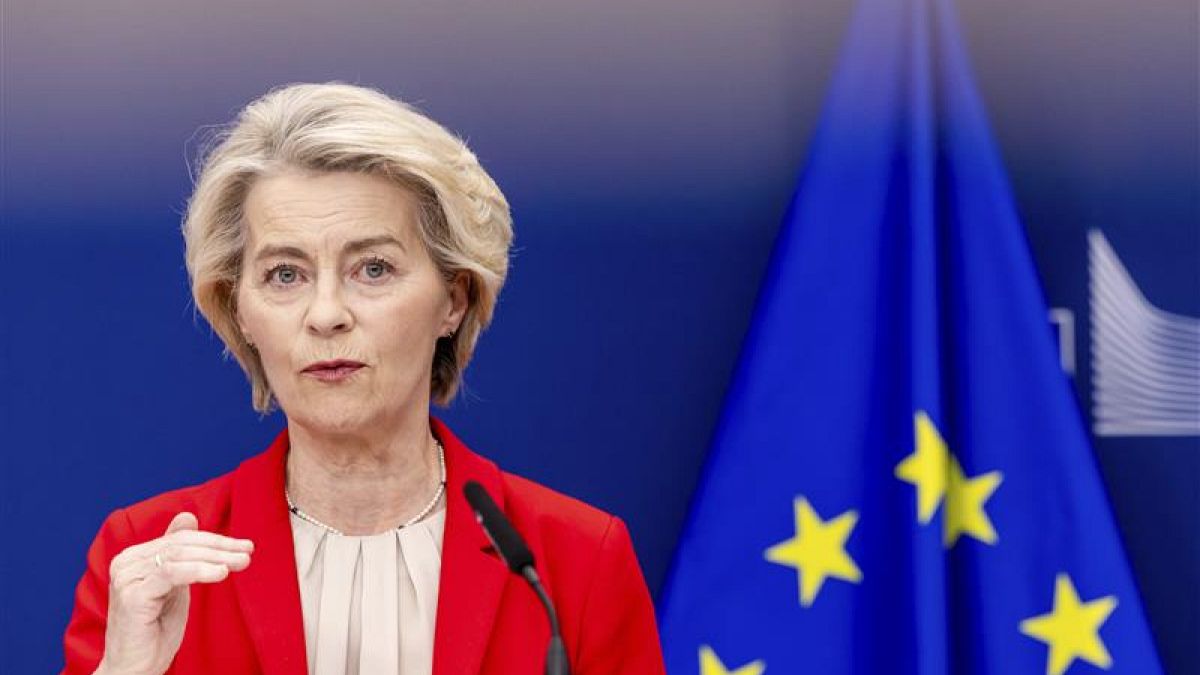

In an era marked by rapid economic shifts and global uncertainty, the European Union finds itself navigating a complex landscape. Recent developments have prompted both strategic responses and proactive measures as the EU looks to address external challenges and internal opportunities with hope and calm determination. In this context, the European Commission is proposing a significant reconfiguration of its long-term budget while also responding to new tariffs imposed by the United States.
The European Commission is considering a significant restructuring of its long-term budget, envisaging a more streamlined and unified approach. The proposal, revealed in a leaked document, suggests merging the Common Agricultural Policy (CAP) with cohesion policy into a single programming framework. This strategic adjustment aims to enhance efficiency and cohesiveness within the EU, potentially leading to a more agile and responsive budgeting process. This move reflects a longstanding commitment to adaptability and sustainability, ensuring that resources are allocated in a manner that supports both regional development and the agricultural sector.
Amidst these internal reforms, the EU is also addressing an external challenge following the announcement by former US President Donald Trump of a 30% tariff on goods imported from the EU and Mexico. The declaration came as a surprise to European stakeholders who had engaged in extensive negotiations with US counterparts in pursuit of a mutually beneficial trade agreement. While the tariffs are set to commence on August 1st, the European Commission, led by President Ursula von der Leyen, has signaled a preference for dialogue over dispute, affirming that no retaliatory measures will be taken before the designated date.
In response to this development, there is a concerted effort within the EU to strengthen coordination with global partners, notably Japan and Canada. The intent is to build a united front among G7 nations, enhancing collaborative strategies to mitigate the impact of the US tariffs. Such coordination underscores a collective commitment to maintaining stability within international markets and fostering resilient trade relations.
The broader economic context also shapes the EU’s strategic posture. Chinese exports, buoyed by a newly secured trade agreement with the United States, have defied expectations, recording growth to a diverse range of global markets. While exports to the US diminished slightly in June, the overall trajectory points towards a diversification strategy aimed at minimizing exposure to bilateral volatilities. This development not only highlights the dynamic nature of global trade but also signifies the interconnectedness of economic affairs across continents.
As European markets adjust to these various stimuli, there is a sense of cautious optimism. Market reactions to the US tariff announcement have been tempered with the anticipation of constructive dialogues aimed at resolution. The prospect of a recalibrated EU budget offers further hope, suggesting a future where the Union is well-equipped to support its member states in facing both the opportunities and challenges that lie ahead.
This period of transition is characterized by a thoughtful balance between strategic patience and proactive policy-making. As global economic narratives continue to unfold, the EU’s approach resonates with a spirit of collaboration and resilience, aligning short-term responses with long-term visions for growth and prosperity. In retaining a commitment to dialogue and reform, the European Union demonstrates its adaptability and fortitude in shaping a future that is inclusive, stable, and economically vibrant.
Source: {link}
